12 Expert Tips to Get Project Managers Excited About Entering CRM Information

Congratulations! Your firm just spent months evaluating different CRM systems, selecting one, and then countless hours configuring the system and entering the initial information into the system. You can now sit back and let this wonderful new CRM system do all the work for you, right?!?! Wrong!
You’ve probably heard the saying “garbage in, garbage out” at least a dozen times throughout your CRM process. Well, the real problem is to get ANY information into the system – garbage or not! After working for nearly two decades begging people to enter their information into the CRM, I’ve discovered a few tips to help *encourage* my project managers, principals, and other seller-doers to get their information into the system – good or bad information.
In this article, I’ll share 12 expert tips to get your project managers enthusiastic and motivated to leverage the power of CRM. Let's dive in!
Tip #1 Provide Training
Knowledge is power! To ensure project managers feel confident using the CRM system, offer training sessions. Offer training sessions early and often. Offer training in different formats – written, lecture, and hands-on. Offer the training in big groups and one-on-one. Offer training in scheduled sessions and on-demand as needed. Offer bite-sized training teaching them only what they need to know for certain tasks like entering a contact or updating an opportunity.
I hope you’re beginning to realize that training isn’t just a check-the-box type task. You can’t just host one lunch-and-learn and expect everyone to remember everything and then do it. Instead offer regular on-going training in different formats. Create and provide cheat sheets, checklists, and short video tutorials.
When someone asks you to enter information, use that as a teaching moment to share your screen and go through it with them. In my experience, people are hesitant to add information to the CRM because they don’t know how and/or they are afraid of messing something up.
Teach them how to navigate the system, input data effectively, and explore its powerful features. By equipping them with the necessary skills, you empower them to excel in their role.
Tip #2 Emphasize Benefits
Paint a clear picture of how entering CRM information benefits both the project and individual project managers. Showcase how it improves project visibility, streamlines collaboration, and enhances data-driven decision-making. When project managers understand how CRM contributes to their success, they'll be motivated to embrace it.
I highly encourage all my CRM implementation teams to enter as much information as possible into the system before it’s rolled out to the users. This includes information about key clients, contacts, and activities. Then in the training, you can show a key client record with all the history and conversations. Displaying these complete client records during the training shows what’s possible but with real-life, real-time information that will be more meaningful to the audience.
Tip #3 Simplify User Interface
Nobody wants to get lost in a maze of complex screens and confusing menus. Ensure that the CRM system has a user-friendly interface. Keep it simple, visually appealing, and intuitive to navigate. By reducing the learning curve, project managers will feel more at ease while entering CRM information.
Tip #4 Set Clear Expectations
Clarity is key! Clearly communicate the expectations around CRM usage and data entry. Make it an integral part of project management responsibilities and ensure all project managers understand the importance of timely and accurate data input. When expectations are crystal clear, project managers can align their efforts accordingly.
I recommend keeping the data entry tasks simple at first. For example, just ask them to enter a new contact for each new business card they get. Another example would be for you to create all new opportunity records, but you just want them to go into existing records to update the stage and/or add notes – only updating one or two fields in existing records. Start small until they get comfortable with the system.
Tip #5 Align with Existing Processes
Integrate CRM data entry seamlessly into existing project management processes. When the CRM system complements its current tools and workflow, project managers will perceive it as a valuable addition rather than a burdensome task. By making it a natural part of their routine, you'll see increased adoption.
If your firm is already using the accounting functions of Deltek Vantagepoint, then your project managers should already be comfortable working within the system to set up and manage project financials as well as complete their timesheets. Introducing additional fields and processes to track client relationships and pursuits shouldn’t be too heavy of a lift.
Tip #6 Offer Mobile Accessibility
In today's fast-paced world, mobility is crucial. Provide project managers with mobile access to the CRM system through a dedicated app or mobile-friendly website. This allows them to update information on the go, making data entry more convenient and efficient. Mobile accessibility brings flexibility to their fingertips.
Deltek Vantagepoint has a Mobile CRM app. Don’t forget to show your project managers this capability. I’ve found that the interface for the Mobile CRM app is often easier to understand and enter data for beginning CRM users.
Tip #7 Integrate with Outlook for Gmail
Chances are your project managers spend a significant amount of time inside their Outlook or Gmail inbox, managing emails, scheduling meetings, and coordinating with team members. So, why not bring the CRM system to their inbox? By integrating the CRM with Outlook or Gmail, you can streamline their workflow and make CRM data entry a seamless part of their email management process.
With the Vantagepoint Outlook Integration, for example, CRM users are able to do the following directly from Outlook:
- Track and log emails as Activities
- View, add or update Firm, Contact, or Project records
- Send scheduling links to Contacts
- Record scheduled meetings as Activities
To see the Outlook Integration in action, check out this mini-demo showing how it looks in your Outlook inbox and this mini-demo to see how you can sync your calendar.
Tip #8 Gamify the Process
Who doesn't love a good game? Introduce a touch of gamification to make CRM data entry engaging and fun. Create leaderboards, recognition, or rewards for project managers who consistently maintain accurate and up-to-date data. Gamification injects a sense of friendly competition and encourages active participation.
Tip #9 Regularly Communicate Value
Communication is vital to maintain enthusiasm. Regularly share success stories, metrics, and insights derived from the CRM system. Demonstrate how CRM data contributes to project success and celebrate wins. When project managers see the impact of their data, they'll be motivated to continue entering information diligently.
Tip #10 Seek Feedback and Iterate
Project managers' opinions matter! Actively seek feedback on the CRM system and data entry process. Listen to their suggestions and concerns and iterate accordingly. By involving project managers in the improvement process, you create a sense of ownership and make them feel valued.
Tip #11 Provide Ongoing Support
Support is the backbone of success. Identify one team member as a CRM super user in each office or department. This superuser is then available to answer any questions, help troubleshoot issues that occur, collect feedback from users, and/or identify other areas for improvement and automation of the system.
By providing the necessary support, you ensure project managers feel empowered and encouraged throughout their CRM journey.
Tip #12 Lead by Example
Actions speak louder than words. As a leader, actively use the CRM system yourself. Lead by example and showcase the benefits of CRM to your team. A great way to do this is to ditch the spreadsheets and display the CRM system on the screen in business development/marketing meetings. Actually, bring up the list of the records on the screen and update them in real time during the meeting. This shows the project managers just how easy it is to use your CRM system.
When project managers see their leaders engaging with the system, it reinforces its importance and encourages adoption at all levels.
Unleash the Power of Your CRM
By following these 12 expert tips, your project managers will not only see the value of entering CRM information but also enjoy the process. Remember, CRM is not just about data entry; it's about leveraging insights to drive project success. Together, let's harness the potential of CRM and take our projects to new heights.
Deltek Vantagepoint CRM is a powerful solution designed specifically for project-based businesses. With its user-friendly interface, seamless integration with Outlook and Gmail, and robust features, it empowers project managers to streamline their workflows, enhance collaboration, and make data-driven decisions. By leveraging Deltek Vantagepoint CRM, you can elevate your project management success like never before.
To learn more about how Deltek Vantagepoint CRM can revolutionize your project management processes, visit our resources page. Discover firsthand how this innovative solution can transform the way your project managers enter CRM information, unleash actionable insights, and drive project success.
Together, let's harness the full potential of Deltek Vantagepoint CRM and propel your projects to new heights. Don't wait - take the next step toward unlocking the power of CRM today!





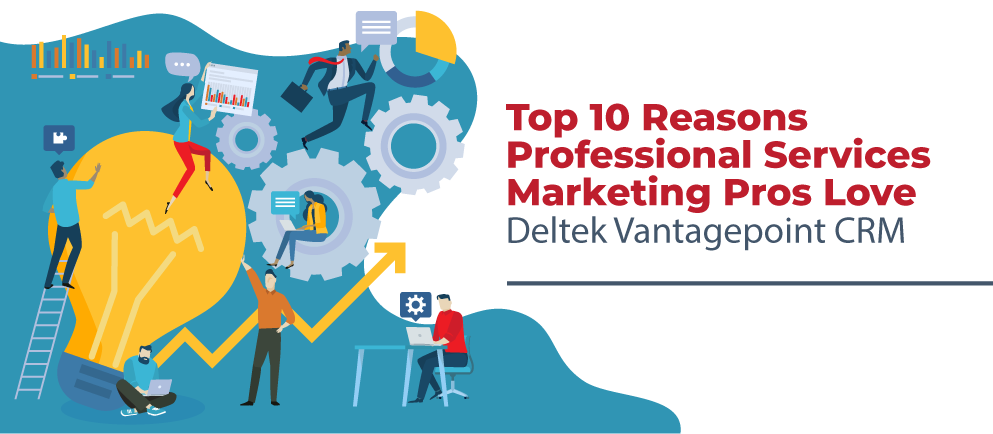

 Engaging clients is essential to any business, but it can be difficult to know where to start. However, by understanding the client engagement lifecycle, businesses can develop a process for engaging clients that leads to long-term relationships.
Engaging clients is essential to any business, but it can be difficult to know where to start. However, by understanding the client engagement lifecycle, businesses can develop a process for engaging clients that leads to long-term relationships. 

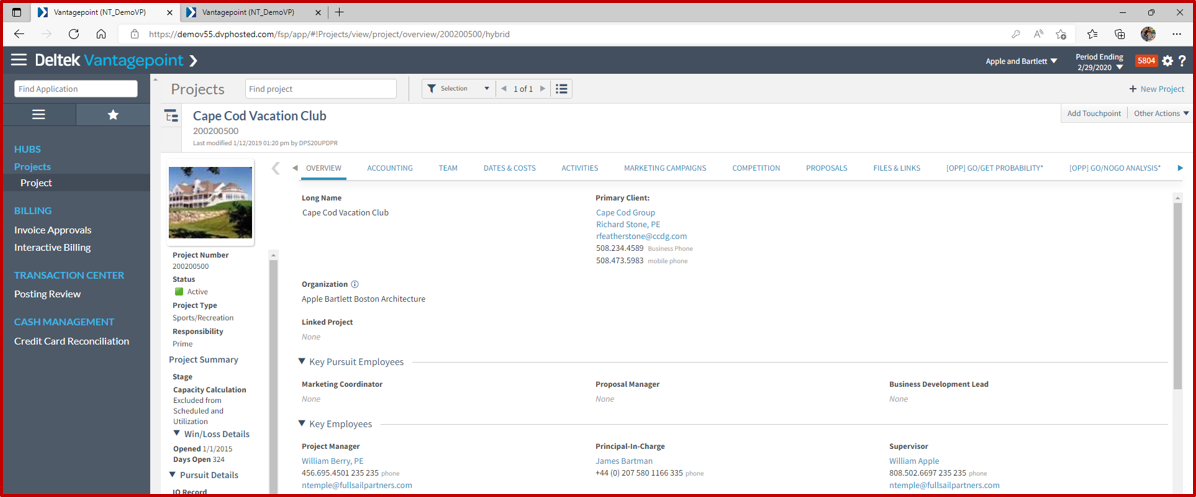
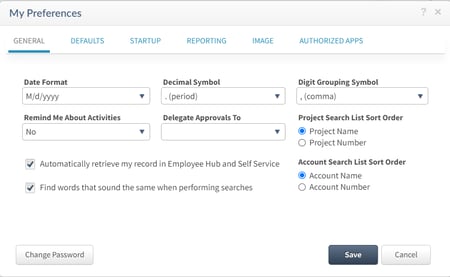



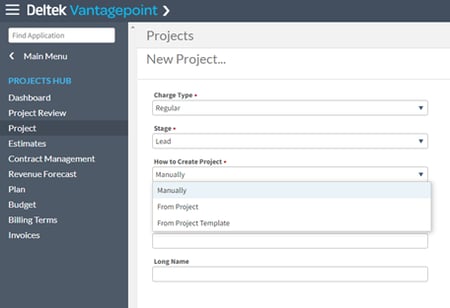
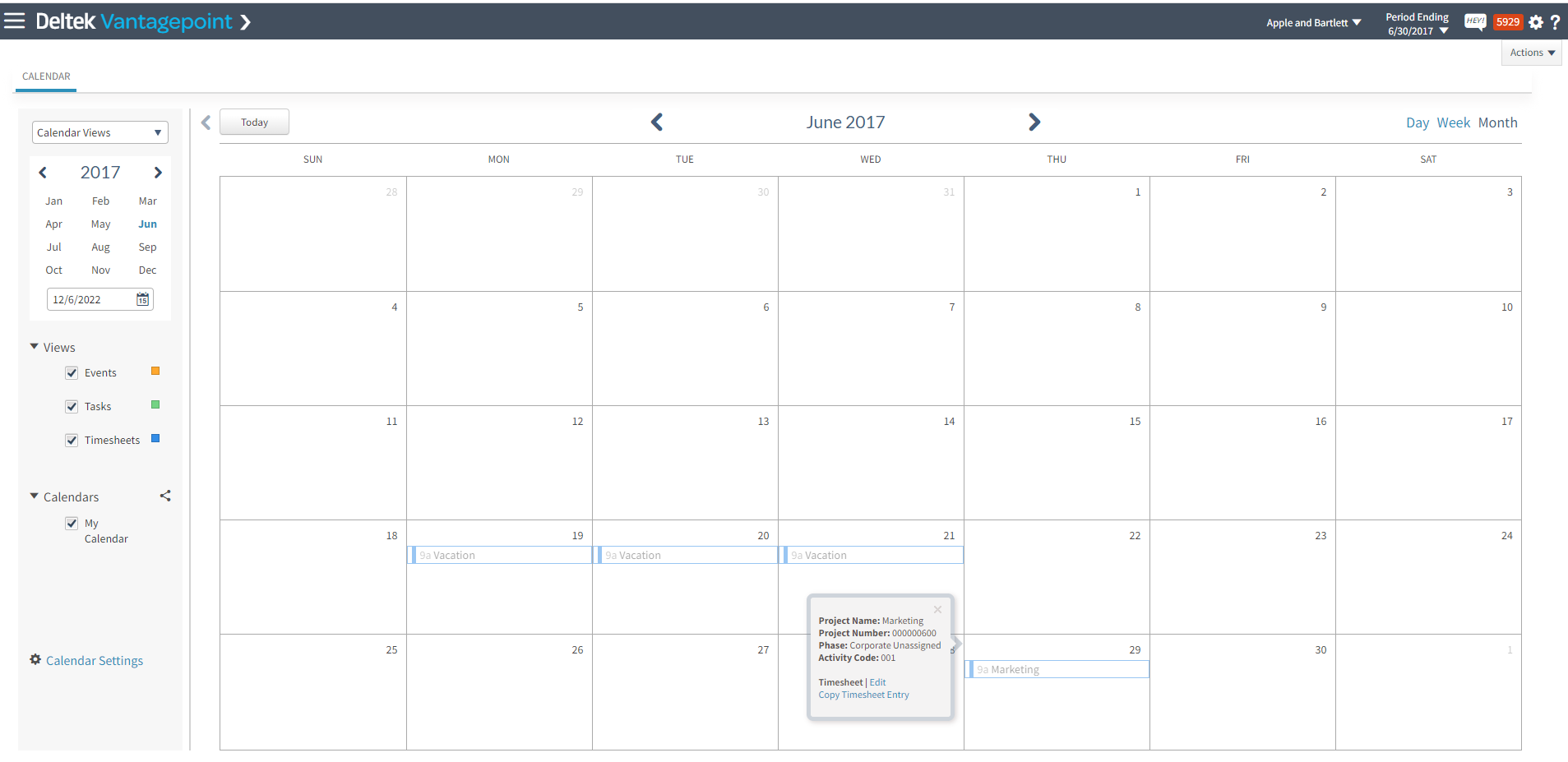
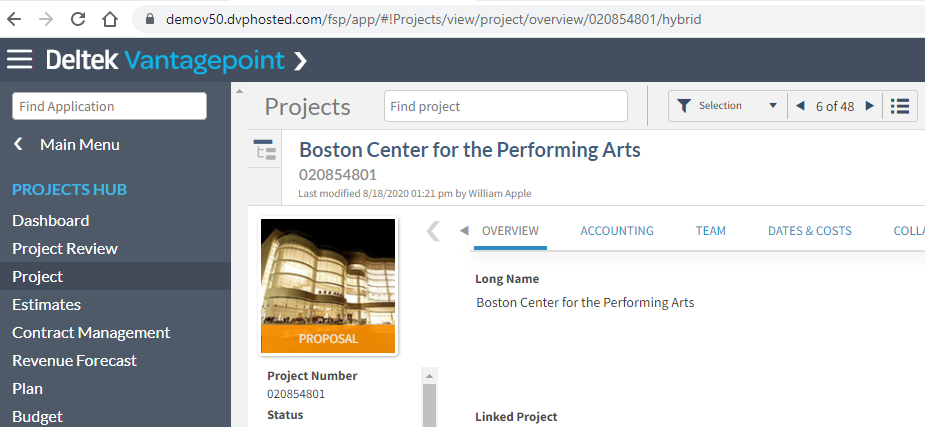



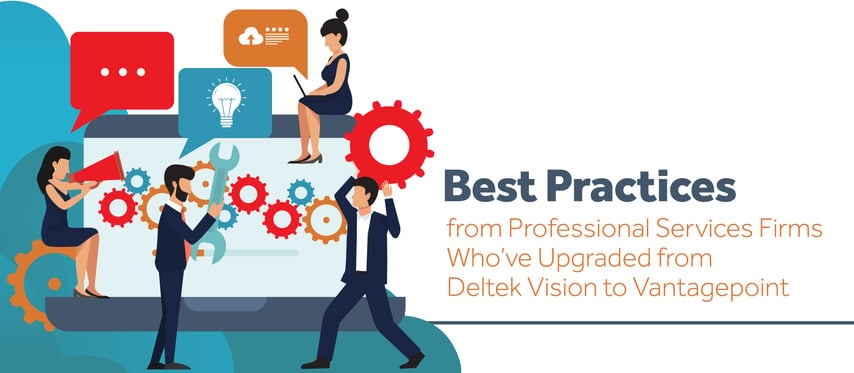

 While A&E firms are struggling with staffing challenges, business process automation, and managing a strong backlog pipeline, the discipline of project management and project delivery performance has improved. According to the 43
While A&E firms are struggling with staffing challenges, business process automation, and managing a strong backlog pipeline, the discipline of project management and project delivery performance has improved. According to the 43

